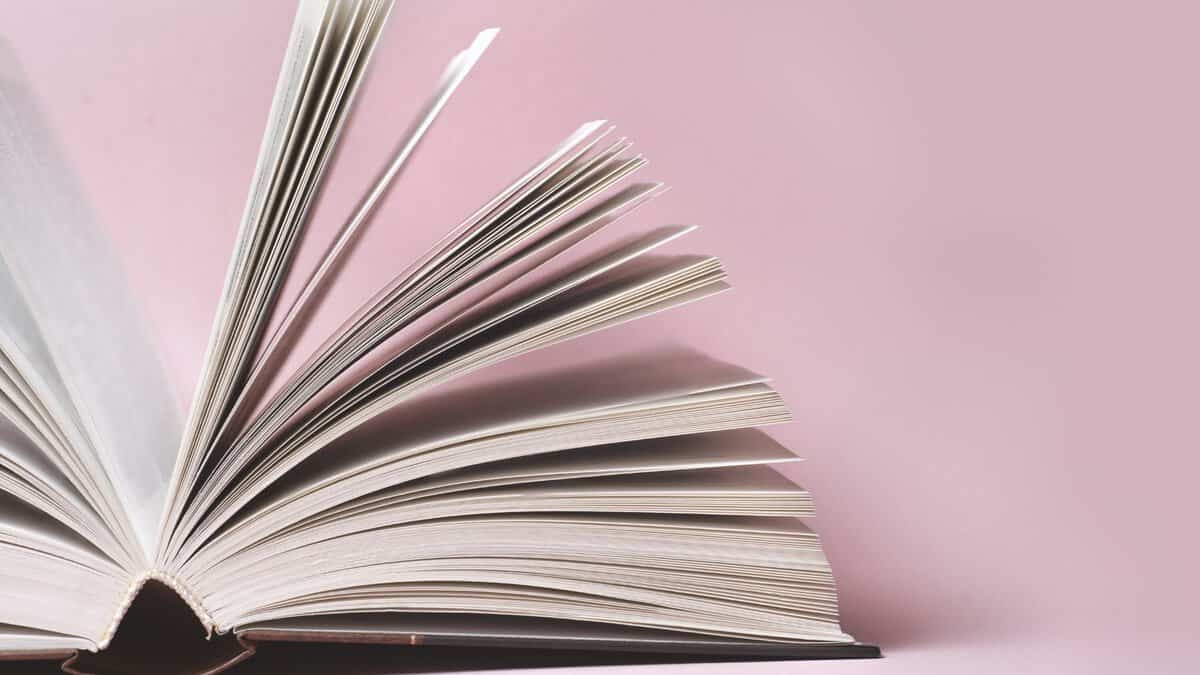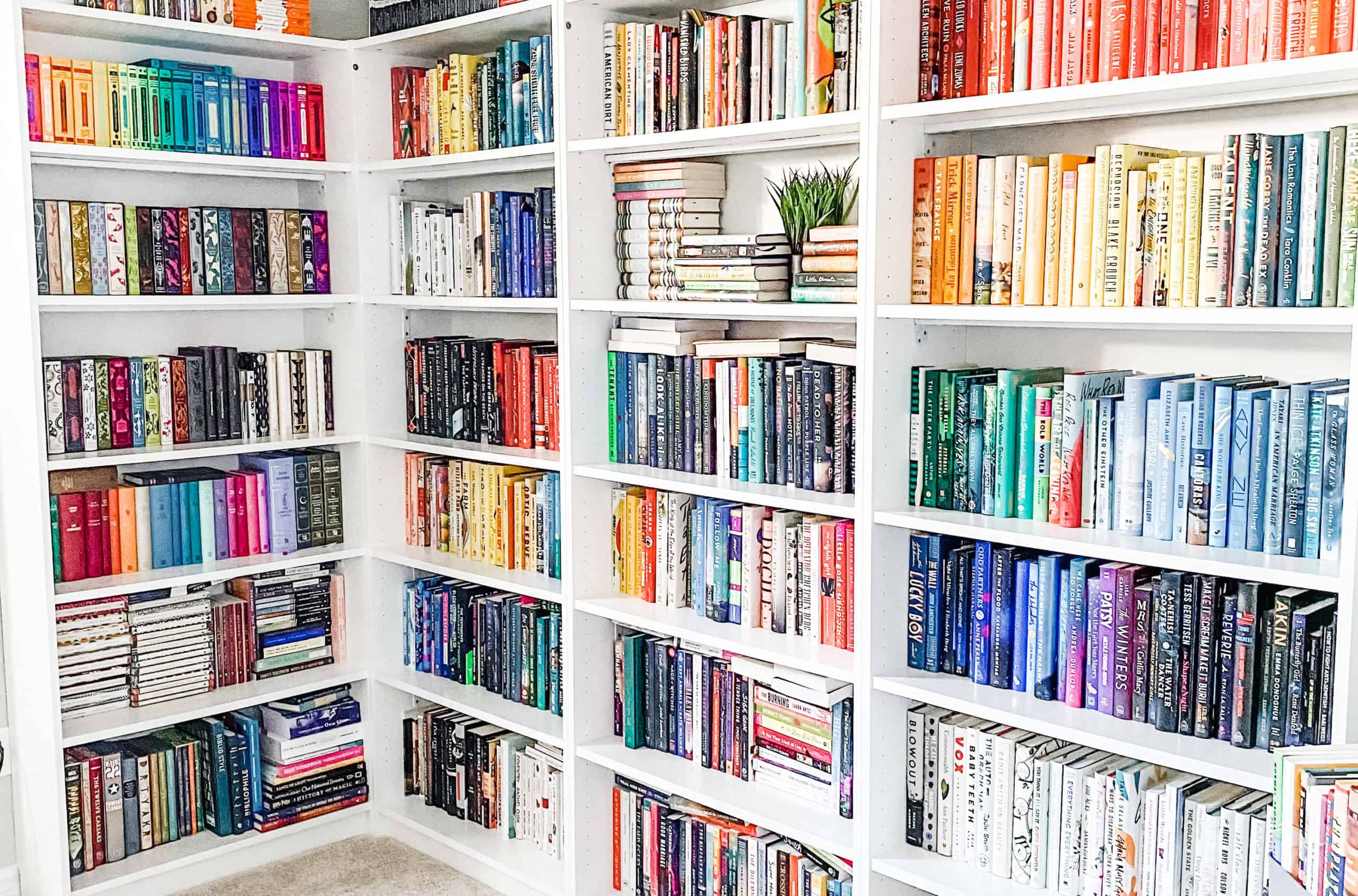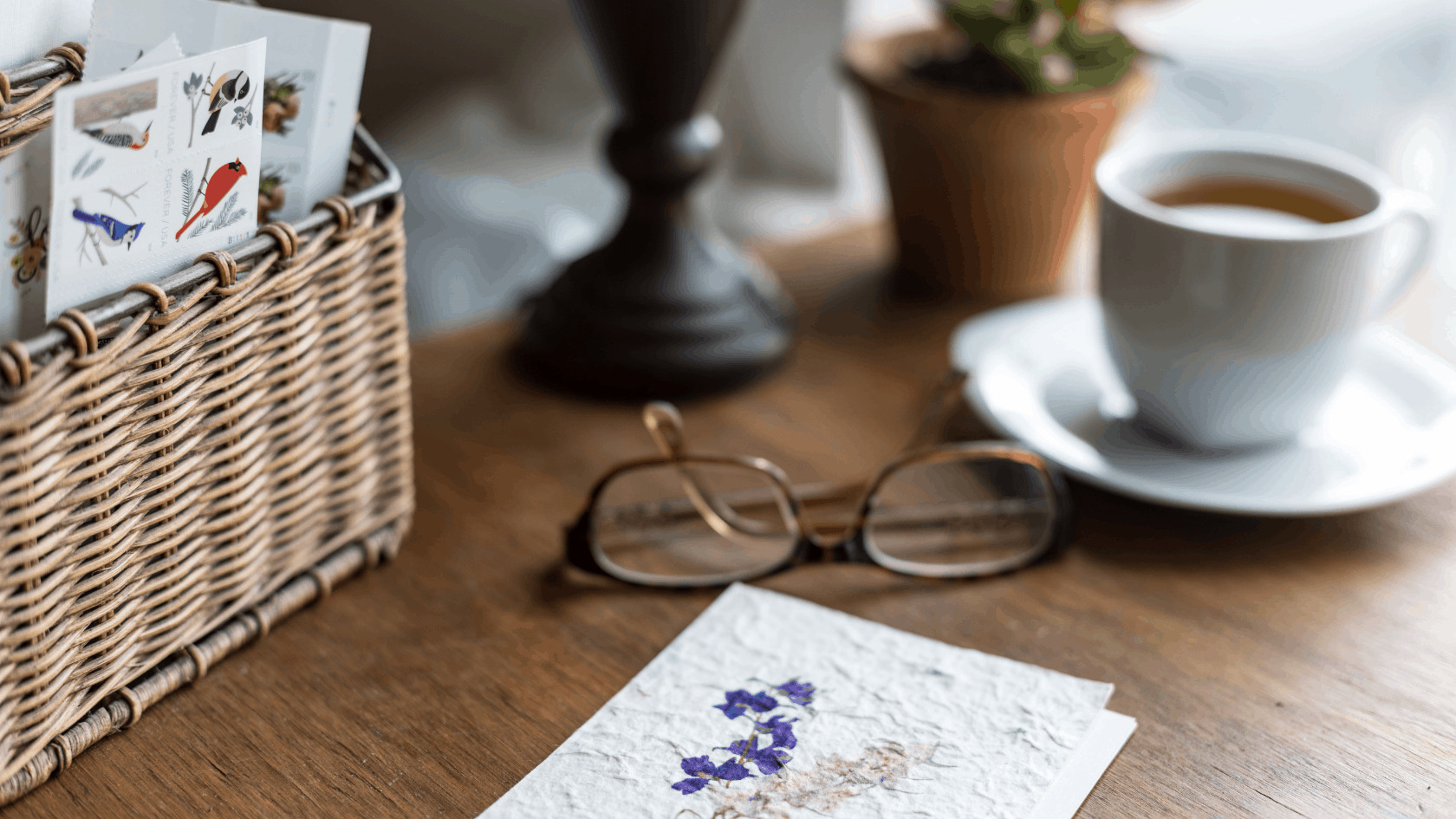Last Updated on April 12, 2024 by BiblioLifestyle

If you’ve ever found yourself staring blankly at a poem, wondering how to read poetry and what it all means, trust me, you’re not alone. The world of poetry can be mysterious and intimidating, with its intricate language, hidden symbols, and complex themes. Plus, with its intricate language and profound emotions, it also has the power to captivate readers and evoke a myriad of feelings. So for beginners looking to explore the enchanting world of poetry, you’re in the right place! In this guide, we will explore some quick and easy tips to help you navigate the world of poetry with confidence and appreciation. So whether you’re a seasoned poetry reader or a curious soul seeking new literary adventures, these tips are designed to enhance your reading experience and unlock the beauty of poetry.
The importance of reading poetry
The act of reading poetry extends far beyond the simple enjoyment of beautiful words. It is a profound exercise in empathy and introspection, offering readers a unique opportunity to experience the world through the eyes of others. Poetry encourages us to reflect on our own emotions and experiences, often providing solace and understanding in times of confusion or sorrow. It also sharpens our minds, enhancing our ability to think critically and appreciate the subtleties of language. Plus, reading poetry also connects us to diverse cultures and traditions, broadening our understanding of the human condition across different times and places. In essence, poetry is not just an art form; it is a means of human connection, a bridge between the personal and the universal.
Understanding different poetic forms
Poetry comes in a vast array of forms, each offering unique ways to structure thoughts and emotions. Understanding these different poetic forms can greatly enhance both the reading and writing of poetry. Some common forms include:
- Free verse: This style of poetry does not follow a set structure or rhyme scheme, giving the writer more freedom to express their thoughts and emotions.
- Sonnet: A traditional form consisting of 14 lines with a specific rhyme scheme, often used for romantic or reflective poems.
- Haiku: A Japanese form consisting of three lines with a syllable pattern, typically used to capture a moment in nature.
- Ballad: A narrative poem that tells a story through quatrains (four-line stanzas) with a rhyme scheme.
- Limericks: A humorous form consisting of five lines with a strict rhyme scheme, and a bawdy or playful tone.
- Acrostics: A form in which the first letter of each line spells out a word or phrase, often used to convey a hidden message or theme.

How To Read Poetry: 7 Quick and Easy Tips for Beginners
Starting with Contemporary Poets
Contemporary poets offer an excellent entry point for beginners diving into the world of poetry. Their works often resonate with modern themes, making them more relatable and accessible to readers. By exploring poets from the last few decades, you can ease into the flow of poetry reading without feeling overwhelmed by archaic language or distant imagery. Consider starting with poets like Mary Oliver, Rupi Kaur, or Billy Collins to experience the magic of contemporary verse.
Embracing the Art of Reading Aloud
One of the most transformative ways to engage with poetry is by reading aloud. Poetry is not just about decoding words on a page; it’s about experiencing the rhythm, cadence, and musicality that lies within each line. When you read poems aloud, you immerse yourself in the soundscapes created by poets, allowing you to grasp the nuances of tone, emotion, and pacing. The act of vocalizing poetry brings forth its lyrical qualities and helps you connect more deeply with the poet’s intentions. So go ahead, let your voice breathe life into those eloquent verses!
Taking Time to Immerse Yourself
Patience is a virtue when it comes to reading poetry. Unlike prose, which may lay out details explicitly, poems often communicate through subtle hints and evocative imagery. As a beginner reader, don’t rush through poems; instead, take your time to savor each word and let its meaning unfold gradually. Allow yourself to dwell in the imagery painted by poets, absorb the emotions they convey, and embrace the silence between lines as part of their poetic expression. Remember, poetry invites contemplation and reflection—so slow down and let its beauty wash over you.

Harnessing Annotations for Deeper Understanding
Annotations can serve as invaluable companions on your poetic journey. As you read, take the time to jot down your thoughts and interpretations in the margins of the book or on a separate notebook. Annotations can help you track your understanding of a poem and record any significant insights or questions that arise while reading. They also allow you to revisit and reflect on poems later, revealing new layers of meaning with each reading. So grab that pen and start scribbling those thoughts!
Engaging in Community: Joining a Poetry Group
Reading poetry doesn’t have to be a solitary endeavor. Joining a poetry group or book club can provide a supportive community of fellow readers to discuss and explore poems with. These groups offer an opportunity to exchange ideas, gain new perspectives, and discover new poets and works. Reading poetry as part of a community can enrich your understanding and appreciation for the art form while fostering meaningful connections with others who share your passion.
Capturing Moments: Keeping a Poetry Journal
Keeping a poetry journal can be a rewarding habit for readers looking to deepen their relationship with poetry. Use your journal to record your favorite lines, thoughts on poems, and any personal connections you make with them. You can also use it to capture everyday moments that inspire you, or as a space for writing your own poetic musings. Having a dedicated journal allows you to reflect on your reading journey and track your growth as a poetry reader over time.
Exploring Boundless Horizons: Different Genres & Forms
Do not confine your poetic exploration to just one style or era; the world of poetry is incredibly rich and diverse, offering something for every taste and sensibility. From the tightly structured sonnets of Shakespeare to the minimalistic free verse of contemporary poets, each form and genre presents a unique way of seeing and interpreting the world. Haikus capture fleeting moments with precise imagery, whereas epic poems narrate grand historical or mythical tales over many stanzas. Exploring different genres and forms can help you find poetry that truly speaks to you, resonating with your experiences and emotions. It also allows you to appreciate the vast creative possibilities within poetry, understanding how structure, style, and rhythm can vary widely across works. By broadening your horizons, you increase the chances of discovering poems that leave a lasting impact, enriching your reading experience and fostering a deeper appreciation for the art form.

Techniques for Analyzing Poetry
As with any art form, the more you read and analyze poetry, the more you will appreciate its complexity and beauty. Here are some key techniques to keep in mind when reading and analyzing poems:
- Pay attention to word choice: Poets carefully select words to create specific meanings and evoke certain emotions. Look for repeated words or phrases and consider their significance.
- Consider the structure: The way a poem is structured can greatly impact its meaning and effect on the reader. Look for patterns in stanzas, lines, and rhyme schemes.
- Identify literary devices: Poets often use literary devices such as similes, metaphors, personification, and alliteration to add depth and complexity to their work. Identifying these can enhance your understanding of the poem.
- Explore themes: Themes in poetry are often universal, touching on topics such as love, loss, nature, and identity. Consider the underlying messages and how they relate to your own life.
Poetry Books to Get You Started
If you’re ready to dive into the world of poetry, here are some recommended books to get you started:
- “Milk and Honey” by Rupi Kaur (Amazon or Bookshop)
- “Selected Poems” by Emily Dickinson (Amazon or Bookshop)
- “Leaves of Grass: Selected Poems” by Walt Whitman (Amazon or Bookshop)
- “Ariel” by Sylvia Plath (Amazon or Bookshop)
- “The Complete Poetry” by Maya Angelou (Amazon or Bookshop)
Remember, poetry is a deeply personal experience, and what resonates with one reader may not necessarily resonate with another. So don’t be afraid to explore different poets and collections until you find what speaks to you. Happy reading!
Embracing the Journey: Poetry is a Process
As you embark on your journey with poetry, remember that it’s not about reaching an end goal or mastering every poem you read. Instead, embrace the process of reading and discovering new poets and works. Allow yourself to be moved by the emotions they evoke, and let them inspire you to create your own poetic expressions. With time and practice, you’ll find your own unique way of experiencing and appreciating poetry. So enjoy the ride, and keep exploring the infinite world of poetry!
What is your relationship with poetry?
Do you read poetry? Are you interested in reading poetry? What do you think about the tips I shared on how to read poetry? Do you have any tips on how to read poetry? Let’s talk all about reading poetry and share tips on how to read poetry in the comments below.
MORE READING:
- 5 Poems About Books and Reading Every Bibliophile Should Know
- The Best Poetry Collections of 2024 (So Far)
- The Best Poetry Collection of 2023: Get The List!




+ show Comments
- Hide Comments
add a comment